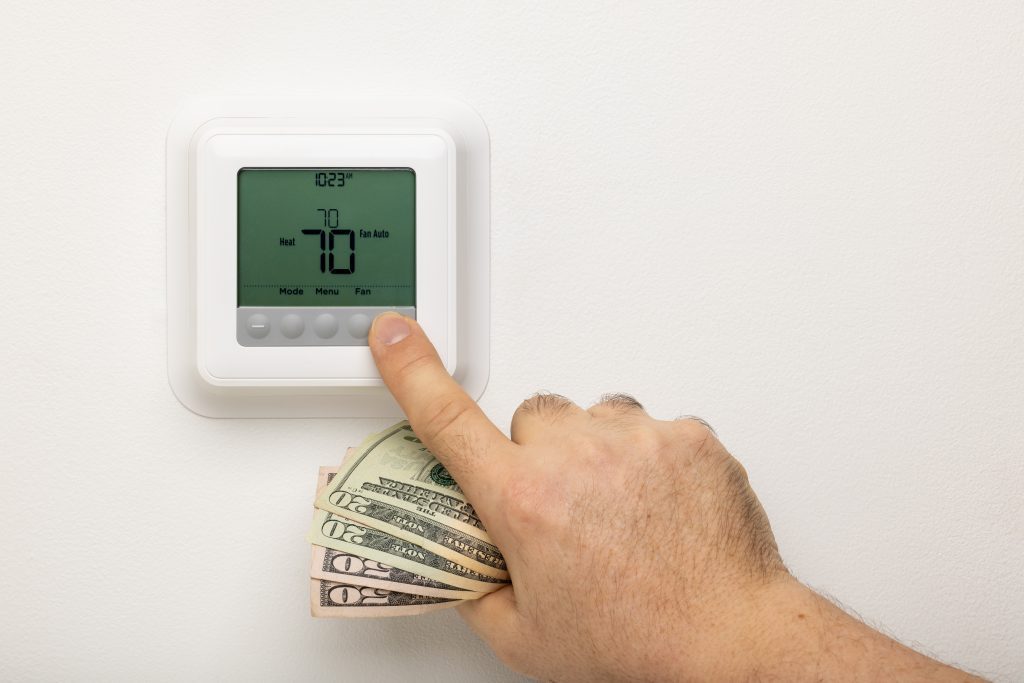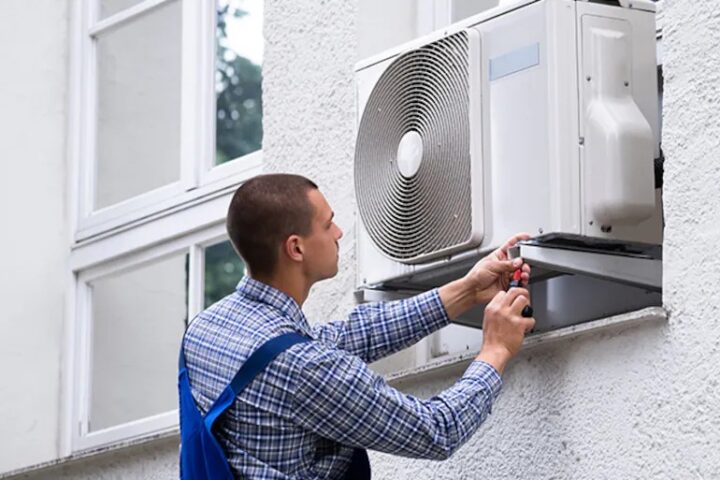Whether you’re conscious of energy usage or concerned about your utility bills, deciding whether to adjust your air conditioning (AC) settings when leaving your home can impact both comfort and cost. This article explores should you turn your AC up when you leave, focusing on practical tips and relevant data to help you make an informed decision.
Understanding AC Settings and Energy Efficiency
Air conditioning systems consume a significant amount of energy, especially during hot summer months. The primary aim of adjusting your AC settings when leaving home is to achieve a balance between maintaining indoor comfort and optimizing energy efficiency.
How AC Systems Work
Air conditioners operate by cooling indoor air through a refrigeration cycle. The compressor and condenser units work together to remove heat and humidity from the air, circulating cooled air back into your living spaces.
Energy Consumption Factors
Several factors influence how much energy your AC system consumes:
Temperature Setting: Lowering the thermostat setting requires more energy to maintain cooler indoor temperatures.
Outdoor Temperature: Hotter outdoor temperatures can cause the AC system to work harder to achieve and maintain desired indoor temperatures.
Insulation and Sealing: Well-insulated homes with properly sealed windows and doors retain cooled air more efficiently, reducing energy consumption.
Benefits of Adjusting Your AC When You Leave
Energy Savings
One of the primary reasons for adjusting your AC settings when leaving home is to save energy and reduce utility costs. According to the U.S. Department of Energy, homeowners can save up to 10% annually on heating and cooling costs by adjusting their thermostat 7-10 degrees Fahrenheit for 8 hours a day from its normal setting.
Extended Equipment Lifespan
Reducing the workload on your AC system by adjusting settings when not needed can help prolong its lifespan. Air conditioners that run less frequently experience less wear and tear on components like compressors and fans, potentially reducing the need for repairs and replacements.
Environmental Impact
Reducing energy consumption associated with home cooling contributes to lower carbon dioxide emissions and environmental impact. By using less electricity for air conditioning, homeowners can support efforts to conserve natural resources and reduce greenhouse gas emissions.
Considerations for Adjusting AC Settings
Indoor Comfort
While saving energy is important, it’s essential to consider indoor comfort preferences. Some homeowners prefer to maintain a slightly cooler temperature for pets or to prevent indoor humidity buildup, especially in humid climates.
Programmable Thermostats
Investing in a programmable thermostat can simplify the process of adjusting AC settings based on your schedule. Programmable thermostats allow you to preset temperature adjustments throughout the day, ensuring comfort when you’re home and energy savings when you’re away.
Best Practices for Adjusting Your AC
Before Leaving Home
Set a Reasonable Temperature: Adjust your thermostat to a temperature that minimizes energy consumption without compromising indoor comfort.
Use Ceiling Fans: Ceiling fans can help circulate air and create a cooling effect, allowing you to set your thermostat slightly higher while maintaining comfort.
When Leaving Home Raise the Temperature: Increase your thermostat setting by 7-10 degrees Fahrenheit when leaving home for several hours. This adjustment helps conserve energy while preventing unnecessary cooling.
Upon Returning Home
Adjust Settings Gradually: Lower the thermostat gradually upon returning home to avoid rapid cooling that can strain your AC system.
Practical Tips for Optimizing AC Efficiency
1. Regular Maintenance
Schedule annual maintenance for your AC system to ensure optimal performance and energy efficiency. This includes replacing air filters, cleaning coils, and inspecting ductwork for leaks.
2. Weatherization
Seal air leaks around windows and doors to prevent cooled air from escaping and outdoor air from entering, enhancing overall energy efficiency.
3. Utilize Shade and Ventilation
Use window coverings and shades to block direct sunlight during the hottest parts of the day. Opening windows at night or during cooler periods can allow natural ventilation and reduce reliance on AC.
Conclusion
Deciding whether to adjust your AC settings when leaving home involves balancing energy savings with indoor comfort requirements. By strategically adjusting thermostat settings and incorporating energy-efficient practices, homeowners can effectively manage cooling costs while promoting sustainability.
In conclusion, adjusting your AC settings when leaving home is a practical approach to saving energy and reducing utility expenses. With careful consideration of indoor comfort needs and utilization of energy-efficient practices, homeowners can enjoy a comfortable indoor environment while minimizing their environmental footprint and contributing to long-term savings.
Keep an eye for more news & updates on Chicago Heading!


